From making decisions about customer onboarding to identifying key trends in the sales pipelines, leaders can’t afford to overlook data that will have a direct impact on the company’s bottom line. Unfortunately, the majority of leaders and their teams still don’t have fast and reliable access to data-driven insights.
To make big moves and create a competitive edge, you need a real-time understanding of what’s driving organizational performance, and that’s where analytics tools like executive dashboards come into play.
Executive dashboards allow you to keep a pulse on business activities by tracking real-time KPIs. Read on for our top five real-world examples.
Table of Contents:
An executive dashboard is a visual tool that allows you to track and analyze key performance indicators (KPIs) and gauge business performance.
Your business intelligence platform collects pieces of information from various sources and presents them to users through easy-to-understand, interactive charts, graphs, and tables. Executive dashboards offer tracking capabilities that help you make in-the-moment decisions quickly.
For instance, finance leaders can use executive dashboards to monitor critical finance KPIs such as revenue growth rate, current ratio, and return on investments (ROI) to gain a better understanding of financial performance and identify areas that need improvement.
With executive dashboards, leaders gain a near-real-time snapshot of KPIs and can easily track a project’s progress against targets to make informed decisions about the future.
However, dashboard data is rarely interactive and often out of sync producing fragmented or inaccurate insights for your team. This is why many modern businesses have traded in their executive dashboards for ThoughtSpot Liveboards instead. Let’s explore some of the top benefits of Liveboards below:
1. Capturing fragmented insights
Research by Gartner shows that only 14% of organizations have a 360-degree view of their customer. This means only a few companies realize value from their data, and a majority are losing opportunities to tap into the wealth of insights.
Liveboards provide a live view into cloud data for all businesses to various tools and sources, such as spreadsheets, cloud applications, and external APIs, to create a cohesive view of critical information. By capturing fragmented insights that otherwise would’ve been lost and forgotten, you can factor in all the variables when making critical decisions.
2. Revealing trends and patterns
Besides offering instantaneous access to real-time insights, executive dashboards also allow users to interact with charts and graphs on a granular level with drill-downs and filters. You can slice and dice into data and understand nuanced relationships between data points that can further reveal hidden trends and patterns.
This is what happened with T-Mobile Netherlands. Instead of taking weeks to configure their data, they were able to analyze complex datasets in 90 minutes and save over €1 Million on data costs.
Their secret? Again, ThoughtSpot Liveboards. Just see what Hermen Geerts, former Product Owner BI, at T-Mobile Netherlands, had to say about the company’s experience using ThoughtSpot:
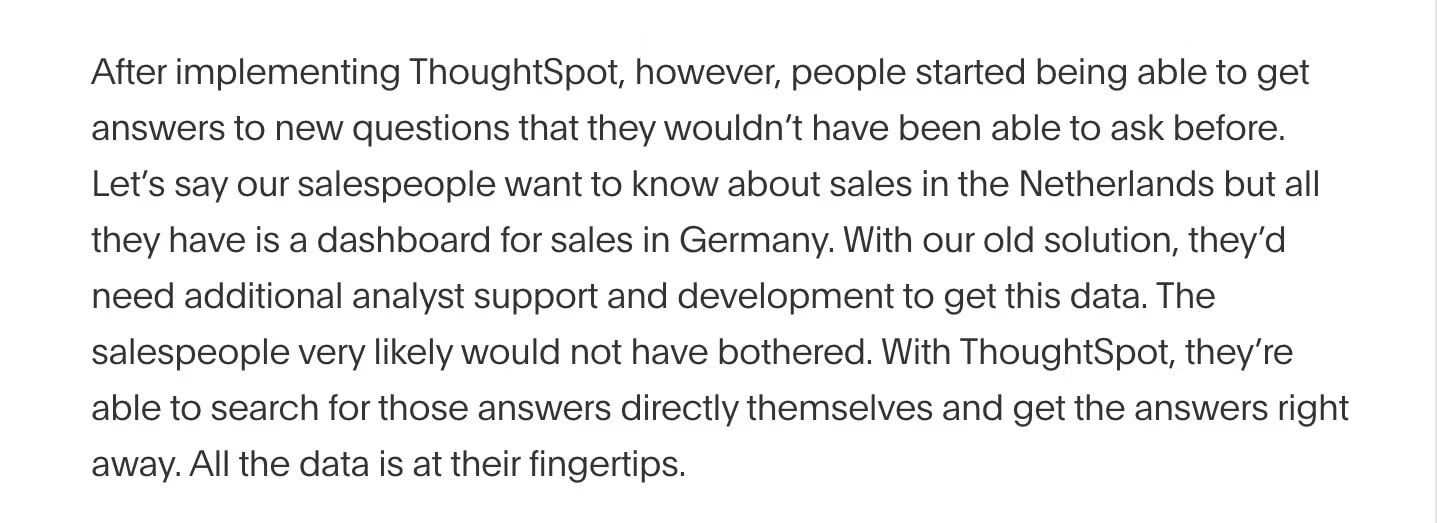
3. Aligning data with business strategy
Executive dashboards allow leaders to promptly identify shifts in data patterns and market conditions and make strategic adjustments accordingly. When you get a holistic view of how well your business activities are going, you can identify innovation opportunities and improvement areas that ultimately drive business outcomes.
Let’s consider Fabuwood as an example. With ThoughtSpot’s self-service Liveboards, executives were easily able to access and interact with live sales data inside Databricks, without having to wait for any delay.
Here’s what David Samet, Director of Technology at Fabuwood, had to say about ThoughtSpot’s interactive Liveboards:

Now that we’ve explored the uses and limitations of executive dashboards, and how they compare to Liveboards, let’s take a look at some executive dashboard examples. We’ll share useful ideas for your own executive dashboards and then show you how these insights come to life with Liveboards.
Executive dashboards for CEOs primarily focus on KPIs that directly align with the organization's strategic objectives and long-term goals. While there is no one-size-fits-all template for a CEO dashboard, it may include information about sales performance or offer an executive summary of the progress of different strategic initiatives. Here are some of the top metrics of a CEO dashboard:
Geographic performance: Performance metrics across different regions
Lead generation metrics: Measures the effectiveness of your lead generation efforts, including the number of leads generated
̧Gross profit margin: Percentage of revenue remaining after deducting the cost of goods sold
Take a look at this executive dashboard example for the CEO:
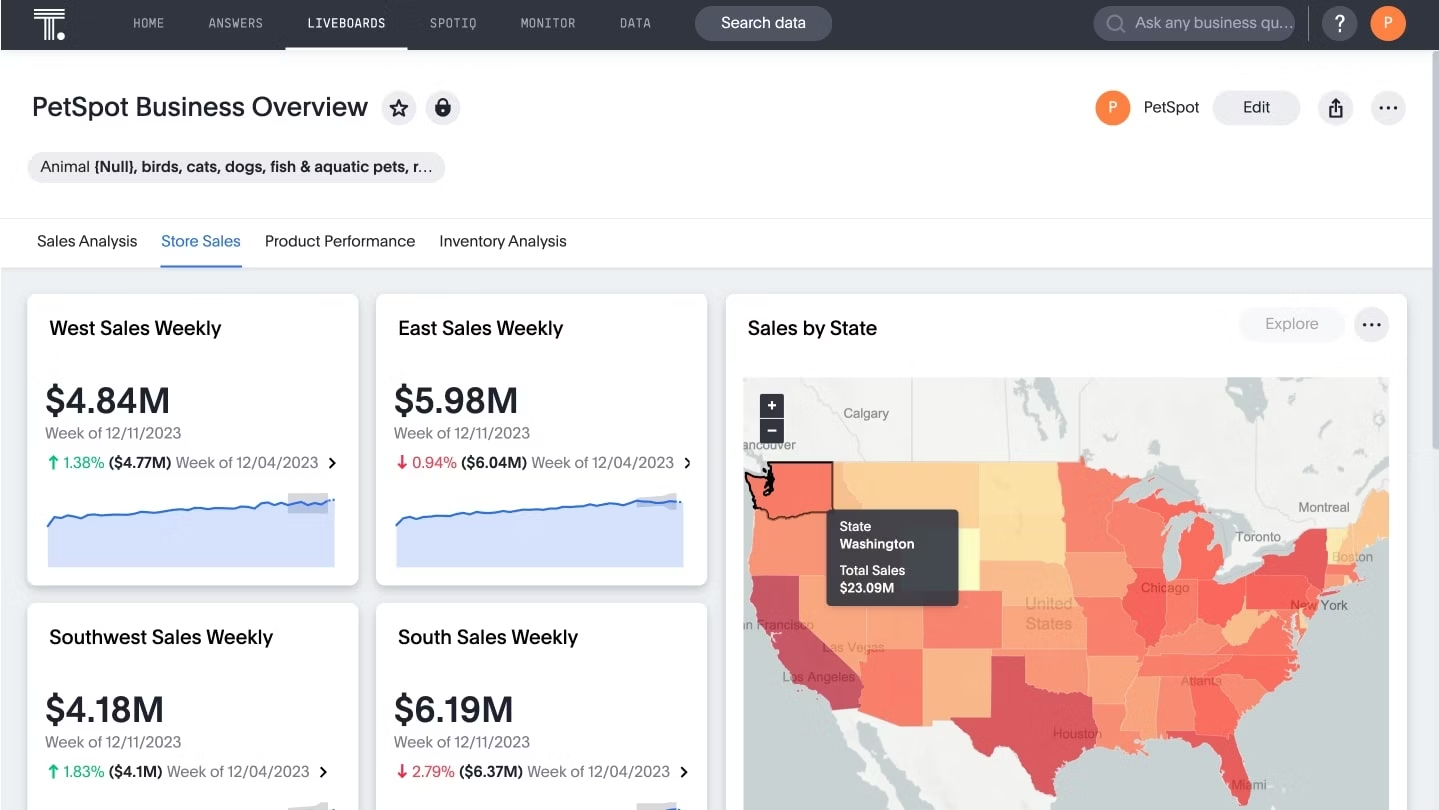
CMOs mostly use executive dashboards to get a high-level view of ongoing campaigns and monitor customer behaviors. By analyzing their marketing efforts, CMOs can understand how to improve customer experience across channels and identify new cross-selling opportunities. A CMO’s dashboard may include the following metrics:
Conversion rate: Percentage of visitors who turned into actual customers
Customer lifecycle value (CLV): The predicted value a customer will generate throughout their entire relationship with the company
Campaign ROI: Return on investment from specific marketing campaigns
Take a look at this executive dashboard example for the CMO:
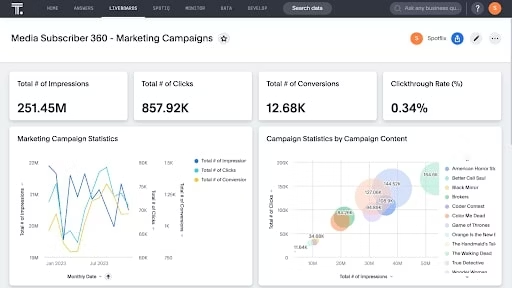
CFOs care about the financial health of their business. Executive dashboards with interactive visualizations of transactional data allow CFOs to gain insights into the company’s financial performance and profitability. It helps these leaders compare expected results with actual results and identify areas of improvement. The most common metrics and KPIs in a CFO’s executive dashboard include:
Total revenue: Overall revenue generated by the organization to date
Net profit: Total income after deducting all expenses
Growth of total asset value: Show the growth in the overall value of assets
Take a look at this executive dashboard example for the CMO:
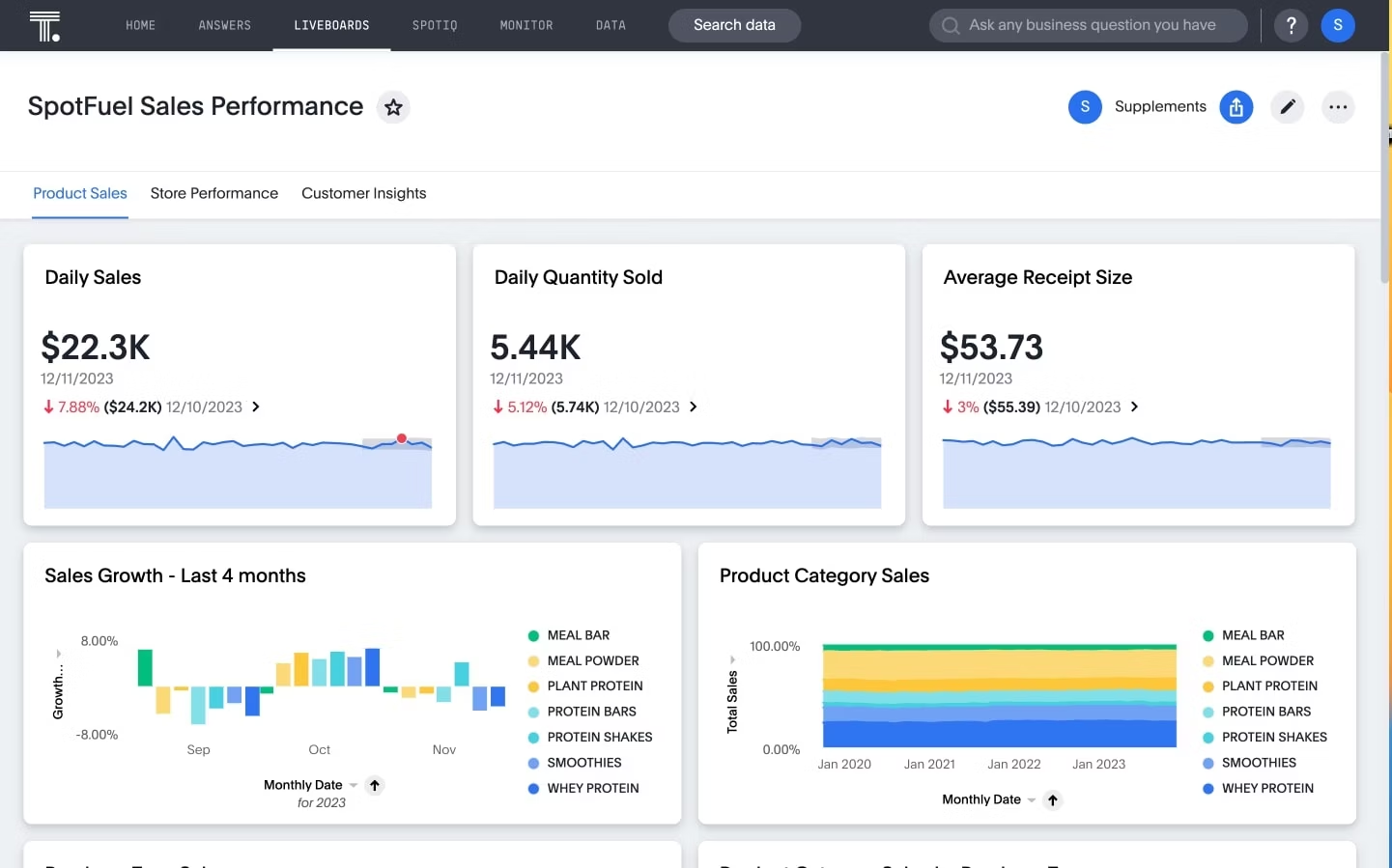
🔍 What is a CFO dashboard? Examples, benefits, and more
COOs optimize a company’s day-to-day administrative and operational activities. They need executive dashboards to monitor the efficiency, productivity, and effectiveness of various operational processes, including supply chain, production, and capacity planning. While specific components may vary based on the industry and organization's priorities, here are common KPIs found in a COO dashboard:
Inventory levels: The total quantity of goods or raw materials in stock
Cycle time: The time it takes to complete a specific process or task
Order fulfillment time: The time taken to fulfill customer orders from placement to delivery
Take a look at this executive dashboard example for the COO:
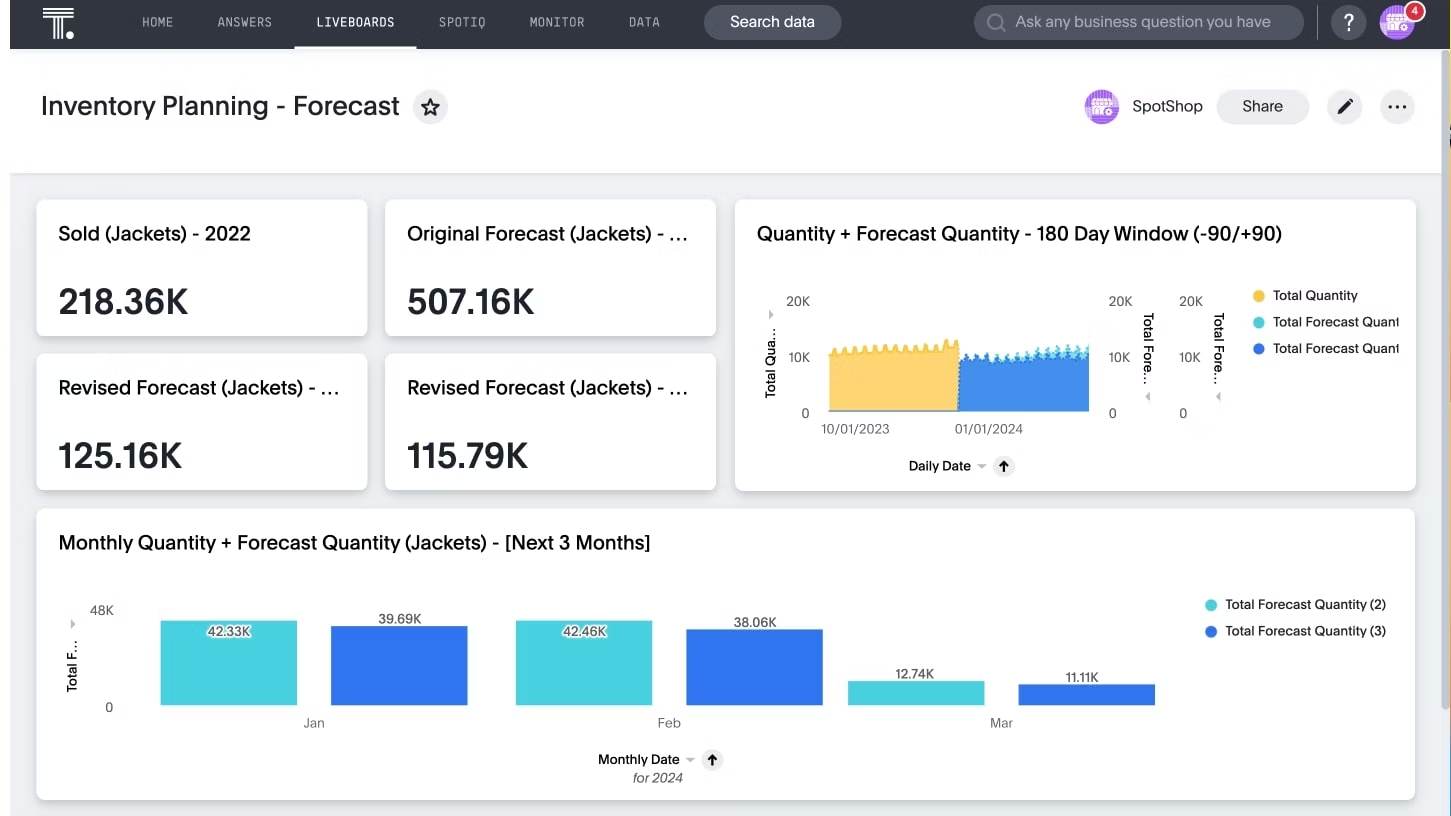
CROs want insights that help them monitor all revenue-related activities, from marketing to sales and finance. They focus on analyzing data and improving sales performance and customer satisfaction so the company can unlock higher revenue streams and cost savings.
With an executive dashboard, CROs can quickly visualize high-level sales and finance KPIs or drill into specific data around revenue and cost centers to support data-driven decision-making. Here are some of the top metrics a CRO dashboard has:
Customer lifetime value (CLV): Represents the total predicted revenue a customer may generate over their entire relationship
Retention rate: Measures the percentage of customers who continue to remain engaged with the business
Sales cycle time: The total time duration it takes to complete the sales process
Take a look at this executive dashboard example for the CRO:
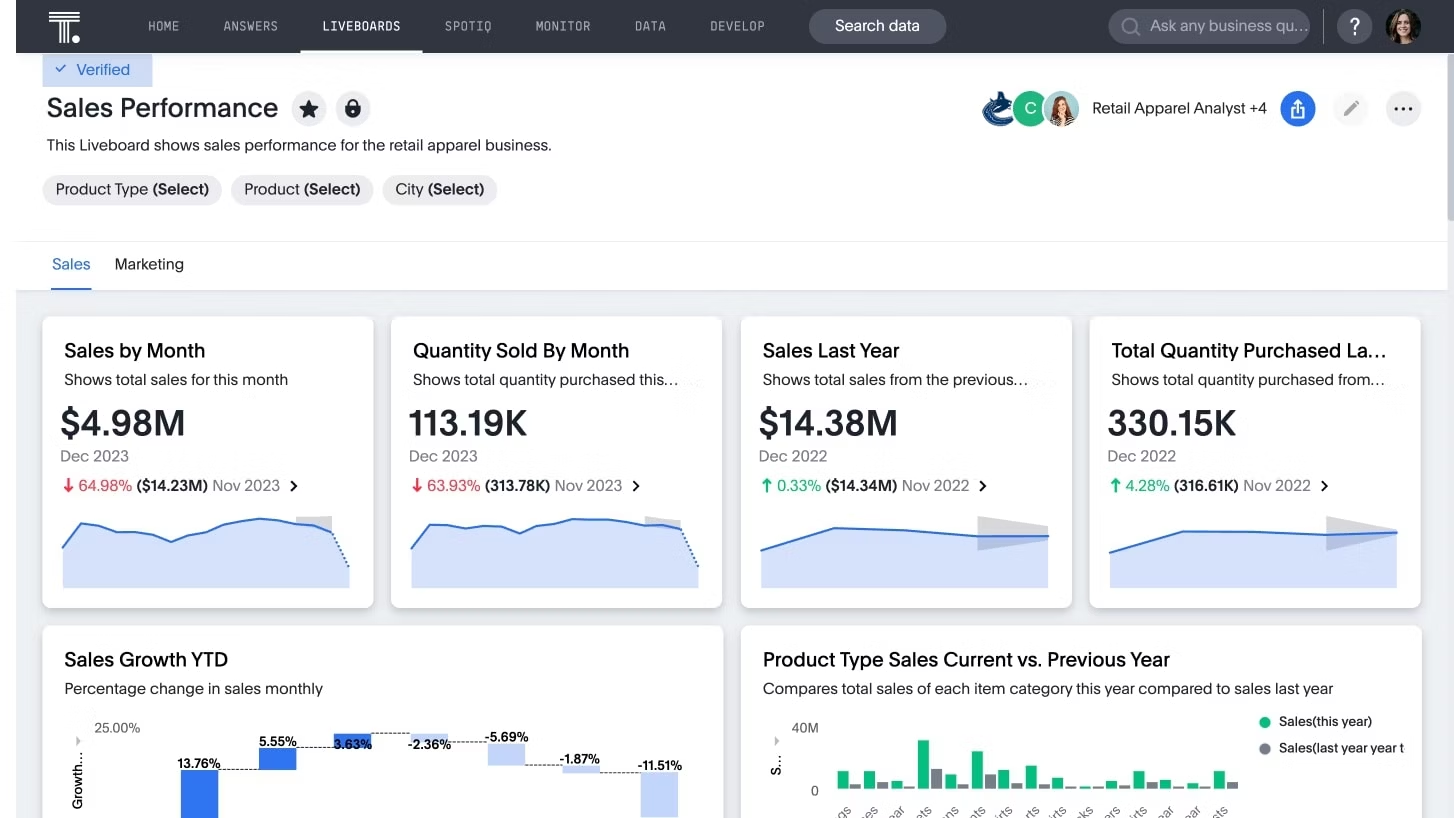
At the end of the day, your business relies on data to support day-to-day decision-making. To be successful, you must choose the right visualization platform that meets your diverse needs.
ThoughtSpot’s AI-powered, self-service analytics solution allows you to build sleek, modern Liveboards that provide a holistic view of all your data. You can create compelling data stories, drill into data to gain granular insights, get AI explanations, and communicate your findings with intuitive sharing and embedded analytics.
Ditch lifeless, static dashboards and start finding valuable insights with our Liveboards—Join a live demo today!








